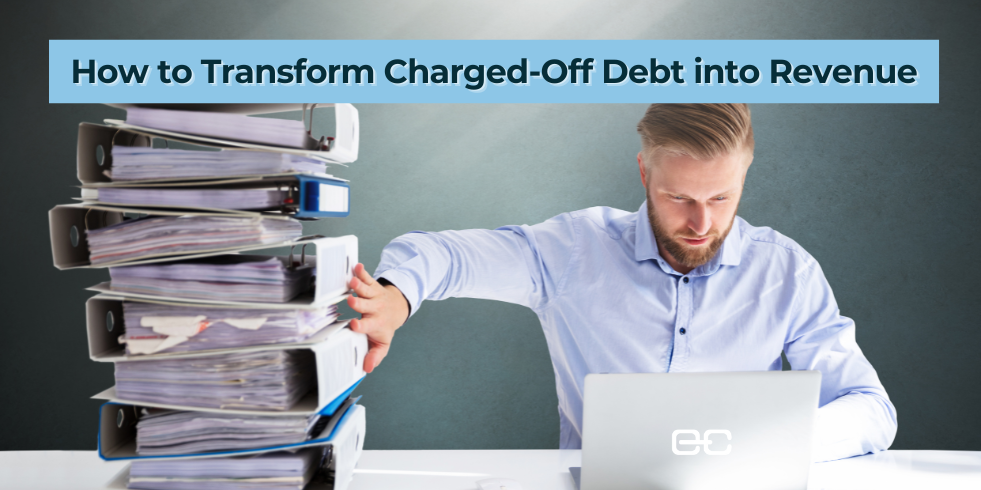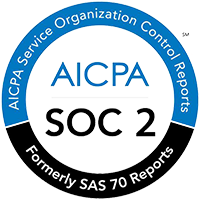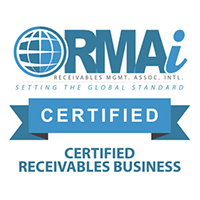Drive Higher Bids: How to Boost Your Debt Sale Price

Achieve the Highest Debt Sale Price without Compromising on Compliance
In the dynamic world of collections and recovery, the decision to sell debt is not just a strategy—it is a leap towards financial agility and operational efficiency. For many lenders, the concept of liquidating charged-off accounts is uncharted territory, but it’s filled with potential and promise. Our mission is to guide you through preparing your portfolio for sale, ensuring you not only achieve but exceed your financial goals all while ensuring a positive consumer experience. Let’s embark on this together, starting with setting up your approach to debt liquidation. Ultimately, we’re positioning you as the hero in your organization’s story.
1) Strategically Selecting Accounts for Sale
Maximizing your portfolio’s value begins with a critical evaluation of which accounts to sell and the optimal timing for such sales. This process, far from being arbitrary, requires a deep dive into your charged-off accounts, identifying those with a higher likelihood of recovery and those with diminishing returns. This could mean distinguishing accounts already engaging with debt settlement companies, which might command a higher price in the market.
Consider these types of charge-offs in your process:
- Delinquencies
- Bankruptcies
- Inactive legal accounts
- Secured accounts
- Unsecured accounts
- Commercial accounts
- Cease and desist
- Debt settlement
- Deceased
- Dormant judgements
Timing, as they say, is everything. Accounts might be more valuable if sold after a certain period once internal collection efforts have plateaued. This strategic timing ensures you’re not leaving money on the table but instead capturing the highest possible value for your portfolio.
The macroeconomic landscape also plays a role in determining the best moment to sell. With delinquencies and charge-offs reaching a 12-year-high (see the Federal Reserve’s Q4 data), creditors are now seeing consumer debt piling up — meaning the time to sell non-performing loans and increase liquidity is now.
2) Optimizing Account Data and Documentation
Media documents are the lifeblood of a good debt sale. This statement underscores the critical importance of having your account data and related documentation meticulously organized. Debt purchasers, with their varied asset class interests and recovery strategies, look for comprehensive data sets and account-level documentation that include everything from loan agreements to charge-off statements, to consumer communications, to detailed transaction histories.
Under today’s Regulation F and heightened consumer protections, providing deep, quality information significantly enhances your portfolio’s attractiveness and debt sale price. This means going beyond the basics to include data points like email consent, last activity dates, and even customer bank info to rule out fraud. Such detailed documentation not only facilitates the collection process for the buyer but also directly impacts the value of your portfolio.
3) Navigating Loan Terms and Conditions
The specifics of your loan agreements can greatly influence the appeal and collectability of your debt sale. Key provisions, such as mandatory arbitration clauses, can either open doors to more buyers or restrict your portfolio to a narrower audience. Understanding how these terms impact potential buyers’ strategies is crucial.
For instance, if your agreements favor electronic communication or allow for arbitration, they might be more attractive to certain purchasers. The goal here is to ensure that your loan terms do not inadvertently limit your pool of potential buyers but rather enhance your portfolio’s marketability and, ultimately, its price.
4) Embracing Post-Sale Responsibilities
The journey doesn’t end with the sale of your debt portfolio. In fact, a new chapter begins—one that involves maintaining a robust relationship with your debt purchasers. This ongoing partnership is vital, especially in an era of active regulatory oversight. Your engagement in post-sale activities, such as supporting disputes or fraud claims, not only preserves but can elevate the value of your partnerships and future portfolios. Creditors who embrace their post-sale responsibilities retain more of the net proceeds from their portfolio sales.
Remember, when you sell a portfolio, your brand and the purchaser’s brand become intertwined. Ensuring that your buyers are compliant and uphold your brand’s integrity is paramount. This collaborative approach not only safeguards your reputation but also sets the stage for more profitable future transactions.
EverChain: Your Partner in Maximizing Debt Sale Price
At EverChain, we specialize in turning the complex process of debt sales into a streamlined, profitable strategy for our clients. Our platform is designed to help you assemble the right portfolio, ensuring you receive the highest market price. With our expertise and innovative technology, we make the process seamless, safeguarding your consumers and your brand’s reputation.
As you take the leap into debt sales, remember that preparation, strategic timing, comprehensive documentation, and post-sale engagement are your keys to success. With EverChain by your side, you’re not just creating a new, predictable revenue stream; you’re embracing an opportunity to enhance your organization’s bottom line and stand out as a strategic leader in your field.
Embark on this journey with confidence, knowing that EverChain is here to guide you every step of the way. Together, we’ll unlock the full potential of your debt portfolio, turning challenges into opportunities and aspirations into achievements.
Contact us for a free market review that’s customized to your debt portfolio. EverChain helps with a go-to-market strategy, transparency, and brand protection throughout the receivables management process. Schedule a chat today!
Related Posts
Learn Why Creditors Are Selling Charged-Off Debt Recent reports reveal that major U.S. banks like [...]
In the world of auto loans, savvy investors have a golden opportunity to tap into [...]





